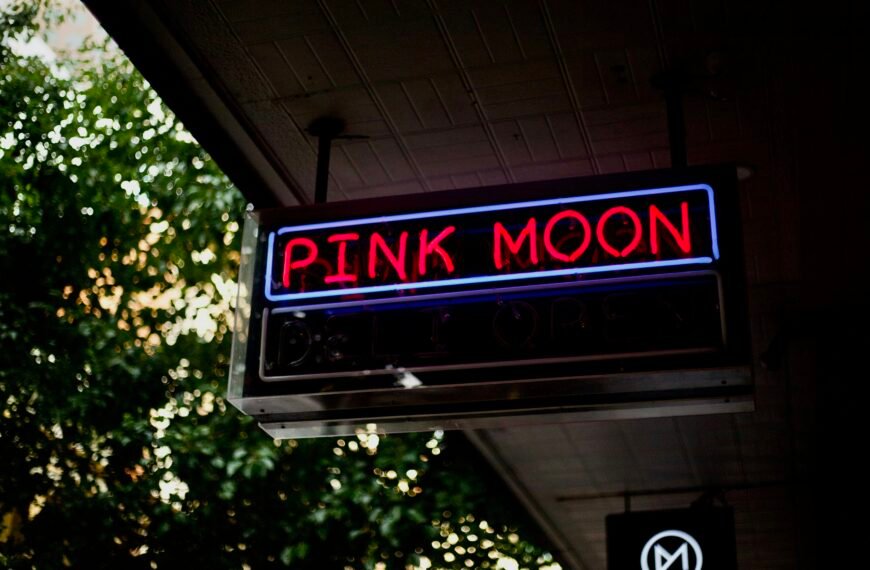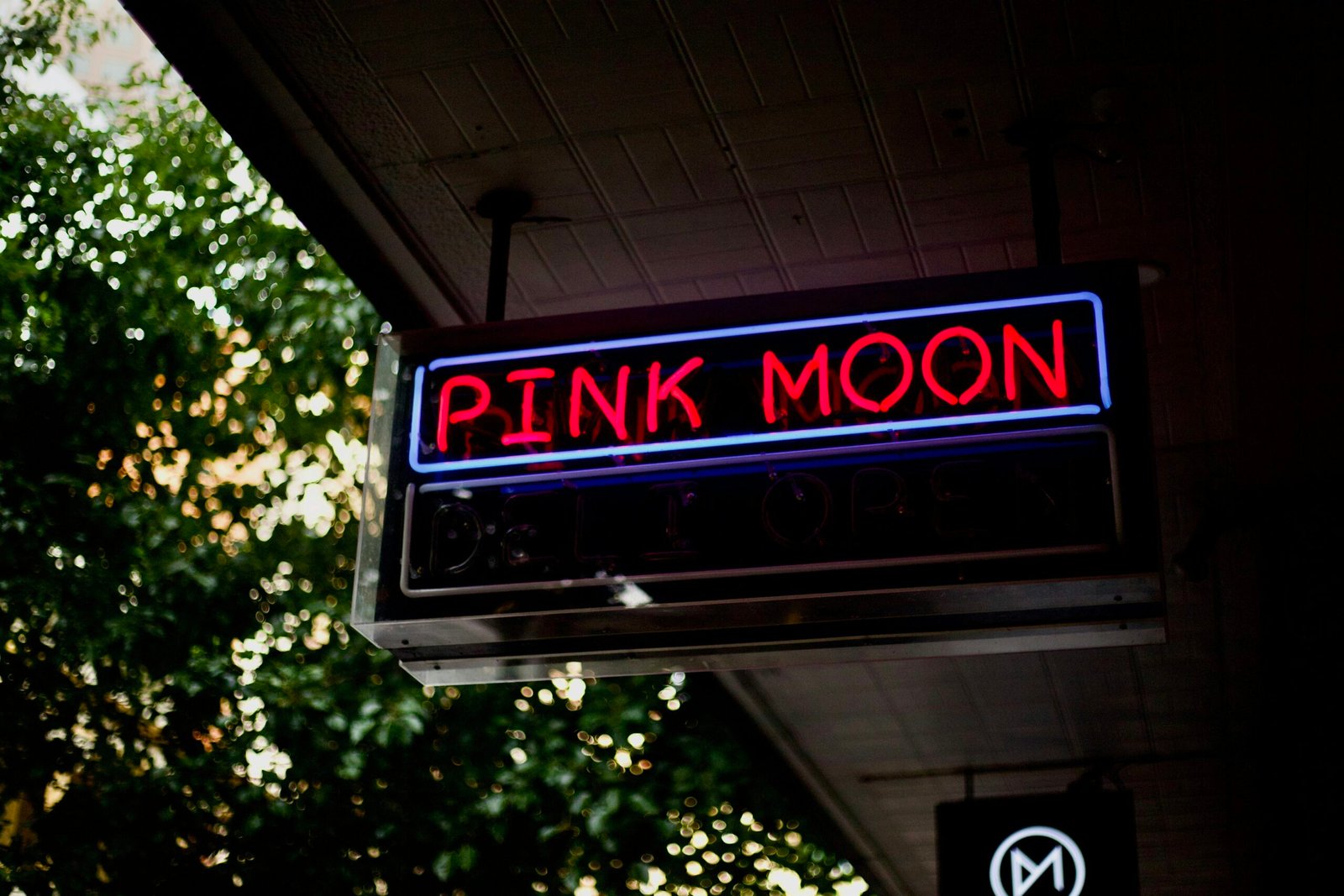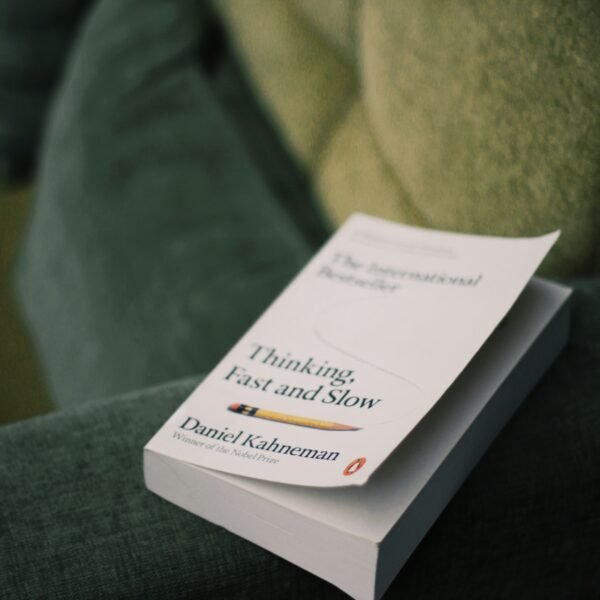Can Art Fairs Still be Relevant?
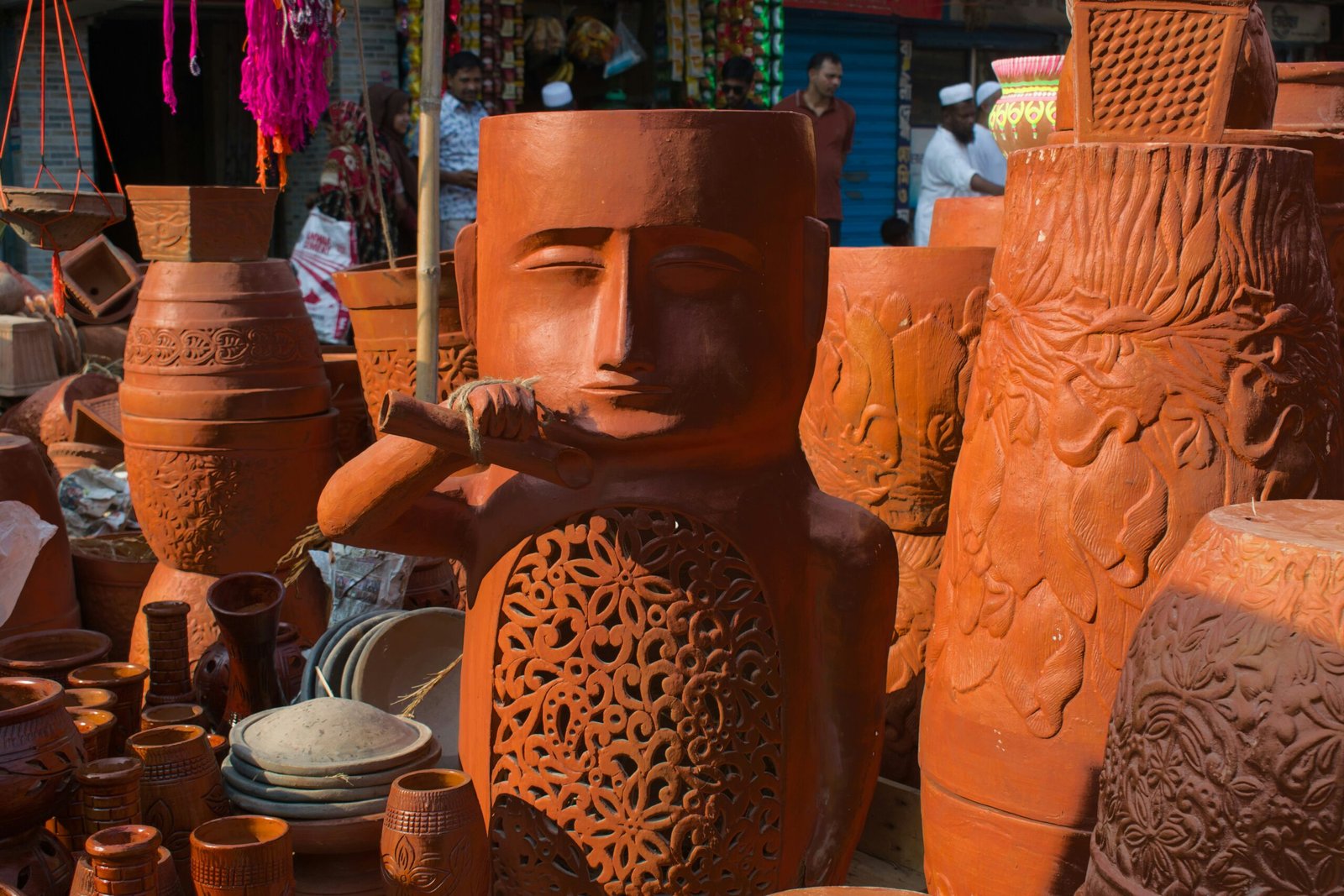
The Evolution of The Armory Show
The Armory Show has a long history dating back 30 years when it was founded by a group of art dealers who approached the art fair format playfully and experimentally. Today, The Armory Show has been taken over by Frieze, a multinational corporation, and is part of a crowded art world calendar with multiple fairs taking place simultaneously. This evolution raises questions about the current relevance of art fairs.
The Ambiance of The Armory Show
The art fair has come a long way from its humble beginnings at the Gramercy Hotel, where artworks were displayed on beds in a cheeky and ironic display. Now, The Armory Show boasts approximately 235 exhibitors from 30 countries and emphasizes its New York roots. The ambiance at the fair is a mix of global appeal and efforts to engage new art collectors from various cities.
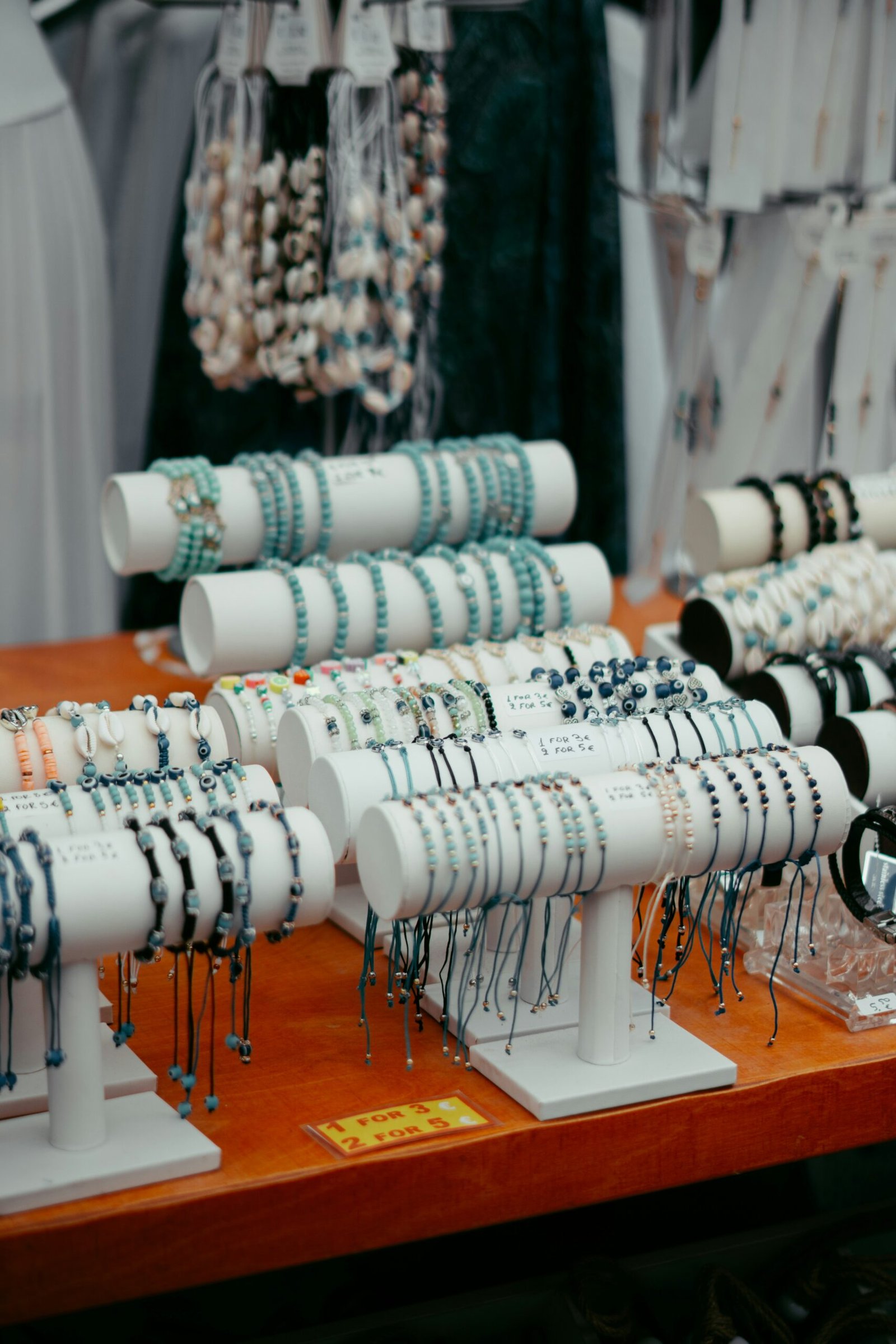
The Purpose of Art Fairs
Art fairs serve as platforms for galleries and artists to showcase their work to a broad audience and connect with potential buyers. They also provide a space for art enthusiasts, collectors, and industry professionals to come together and engage with contemporary art in a curated setting. The Armory Show, with its diverse lineup of exhibitors, aims to fulfill these purposes while maintaining its unique charm.
Engaging New Art Collectors
The Armory Show is not only a place for established collectors but also aims to attract new collectors from cities like Philadelphia, Baltimore, and Washington. By offering a diverse range of artworks and engaging programming, the fair hopes to pique the interest of those new to collecting and provide them with a platform to explore and acquire art.
Curatorial Approaches at The Armory Show
The Armory Show has collaborated with local curators to bring fresh perspectives and exciting new sections to the fair. Curators like Eugenie Tsai and Robyn Farrell have organized sections that pay homage to the fair’s history while incorporating contemporary elements to engage the audience. These curated sections add depth and narrative to the overall experience of The Armory Show.
“Collective Memory” by Eugenie Tsai
Eugenie Tsai, a former curator at the Brooklyn Museum, has curated a section titled “Collective Memory” at The Armory Show. This section features monumental works by artists like Nari Ward, Sanford Biggers, Karon Davis, and Nicholas Galanin, creating a visual dialogue around the theme of memory and collective experience. Through these large-scale installations, Tsai invites the audience to explore the intersections of art, history, and memory.
“Focus” by Robyn Farrell
Robyn Farrell, senior curator at The Kitchen, has organized the “Focus” section at The Armory Show, paying homage to the experimental spirit of the fair’s inaugural edition in 1994. This section also references the groundbreaking “Armory Show” of 1913, where avant-garde European art captivated American audiences. By blending historical references with contemporary art, Farrell creates a dynamic space for dialogue and discovery.

The Impact of Art Fairs on the Art Market
Art fairs play a significant role in shaping the dynamics of the art market, influencing trends, and facilitating transactions between galleries, collectors, and artists. The Armory Show, as one of the prominent fairs in the industry, has the power to impact market behavior, drive sales, and elevate the visibility of participating artists and galleries.
Market Trends at The Armory Show
The artworks showcased at The Armory Show often reflect current trends and movements in the art world, providing a snapshot of the contemporary landscape. By observing the types of art, mediums, and themes prevalent at the fair, collectors and industry professionals can gain insights into emerging artists, market demands, and collector preferences. This nuanced understanding can inform collecting strategies and investment decisions within the art market.
The Future of Art Fairs
As the art world continues to evolve and adapt to changing circumstances, art fairs must also navigate new challenges and opportunities to remain relevant. The Armory Show, with its rich history and innovative approach, stands as a testament to the resilience of art fairs in a competitive landscape. By embracing diversity, engaging new audiences, and fostering curatorial excellence, art fairs can continue to be significant platforms for artistic exchange and cultural dialogue.

